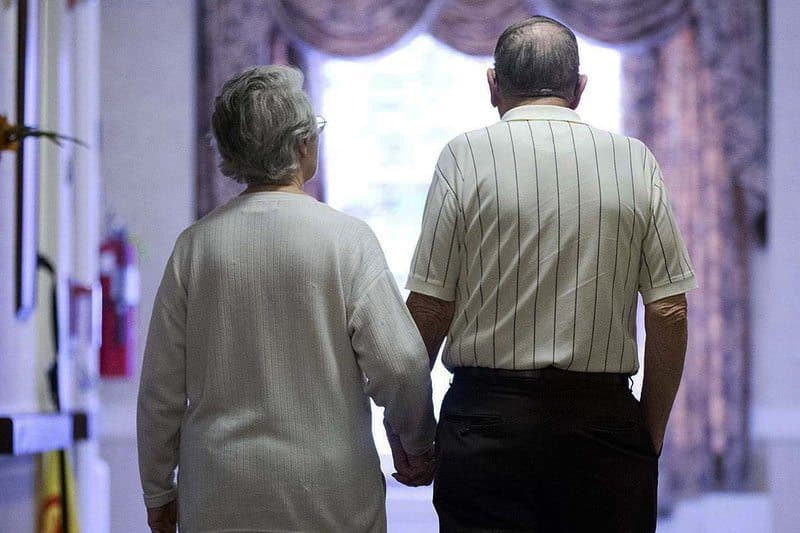The shape of senior living communities across the world has changed drastically within the last several years. Baby boomers have their own unique ideas of what their retirement years are going to look like, as well as the industry must change in order to fit the shape of their unique preferences. 2016’s anticipated trends don’t look like your grandmother’s retirement!

The Top 10 Senior Housing Trends for 2016
Technology
Changes in technology make it easy for seniors to adapt to the majority of the challenges that come with the aging process. From wearable devices that automatically alert caregivers or emergency help of a fall to large-screen phones, remotes and other important devices, seniors have more high-quality care options than ever before. There are even geo-fencing available options which can help keep people that have Alzheimer’s and dementia inside safe spaces.
Home Care
Aging in place has become increasingly attractive to many seniors. They want to be able to remain in their own home as long as possible. Affordable in-home care and changes in technology have helped to make home care an even more viable option for many individuals. Senior Planning Services, a tri-state area Medicaid planning firm, cites a recent AARP study which estimates that early 90 % of people over age 65 want to stay in their home for as long as possible.
Senior Living Partnerships
Senior living providers are rapidly becoming major power players in the health care scene. Physicians, hospitals, insurers along with other organizations within the United States health care system are joining together to create more comprehensive care that gives exactly what many seniors need. As the baby boomer generation hits their retirement years, their increased numbers give senior providers increased impact.
Person-Centered Care
Everyone should age with dignity and to be taken care of as a whole person. Person-centered care isn’t the latest trend, but it is one that’s rapidly gaining ground. When aging individuals receive person-centered care from assisted living facilities, doctors, along with other health care organizations, they’re assured that they will be treated as an individual, rather than being treated based only on the capabilities that they don’t have.
Life Plan Community
Instead of “Continuing Care Retirement Communities,” many aging individuals prefer the image created by a “life plan community.” Life plan communities are dedicated to helping seniors obtain the most out of every moment, from living a full and active life to maintaining their own health as long as possible. These communities are based on living in the moment now, as younger seniors, not just on the need for continuing care past a specific age or health level.
Memory Care
More and more memory care units are embracing the theory behind reminiscence therapy and extending it. They’re stimulating all the senses-not just sight and sound, but even smell and touch-and creating communities that are similar to the world in which seniors were raised. This assists give many seniors a firmer foundation for retrieving long-term memories from the past.
Senior Co-Housing
Senior co-housing offers all the comforts of a single-family dwelling while simultaneously reducing costs and providing a sense of companionship. They have shared responsibilities and use of communal caregivers to assist with daily tasks. It’s an ideal balance between institutionalized living and remaining at home, particularly for those seniors who might not have a solid support system available if they continue to live by themselves.
Location
Probably the most critical changes to senior housing trends is the changes made to appropriate locations. Many facilities are considering the area’s appeal to younger seniors. What makes it a great retirement destination? What amenities are readily available throughout the area? Many senior living communities are learning that the smart thing is no longer to build next to a mall or urban center with a lot of shopping. Instead, they’re searching for new opportunities for engaging, senior-friendly activities for those early retirement years.
Independent Living, Not Assisted Living
More facilities now are now being created to appeal to the under-80 crowd. Baby boomers know that they’re able to expect to live comfortably on their own, experiencing reasonable health, for an extended time. The senior housing market is gradually adjusting to that need by providing independent living facilities that celebrate independence.
Developers and providers will have to enhance seniors’ living environments in many ways they might never have considered before to be able to compete with the rapidly shifting market. The current goal is to create environments depending on the baby boomer mindset: to create a place where they’re going to want to live, not simply a place where they need to live. Today’s seniors won’t be happy with less!